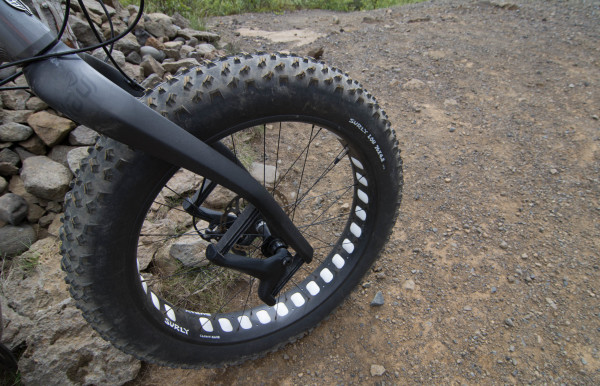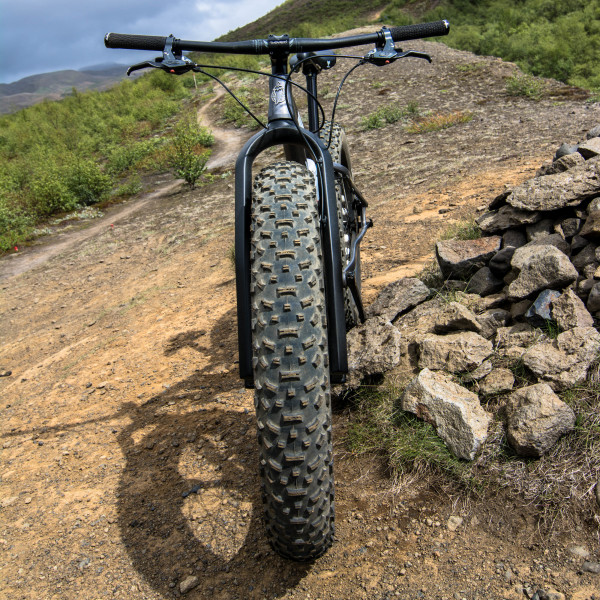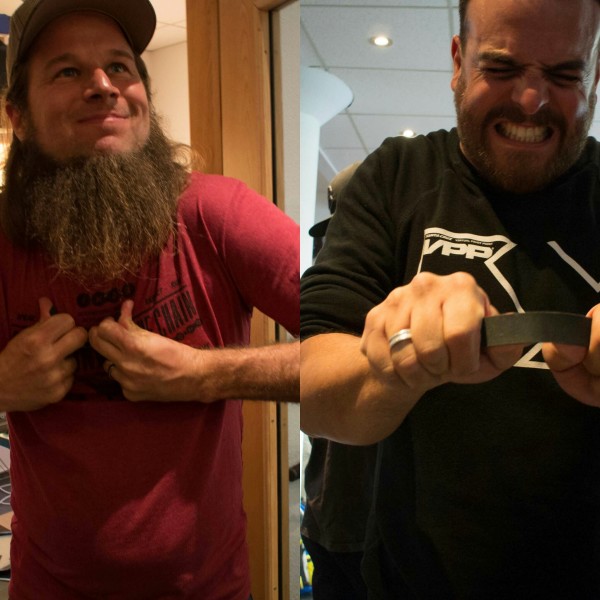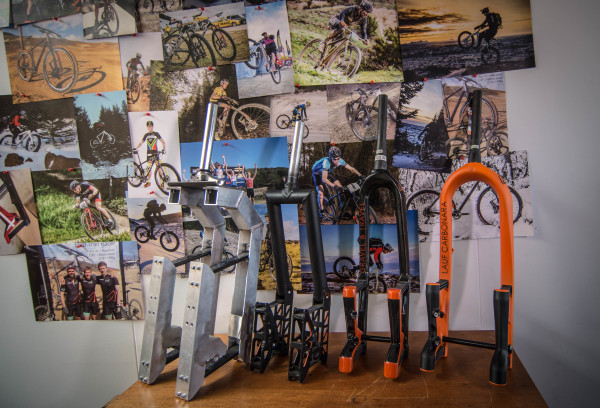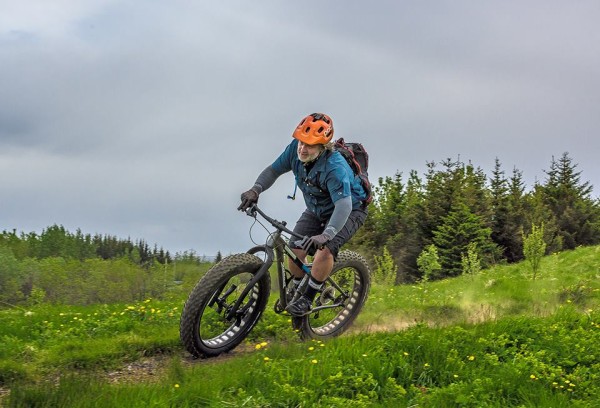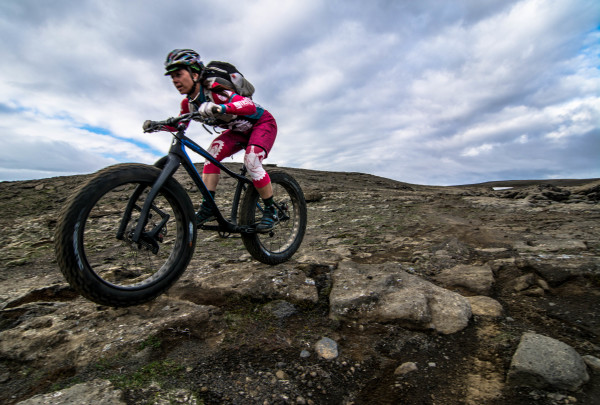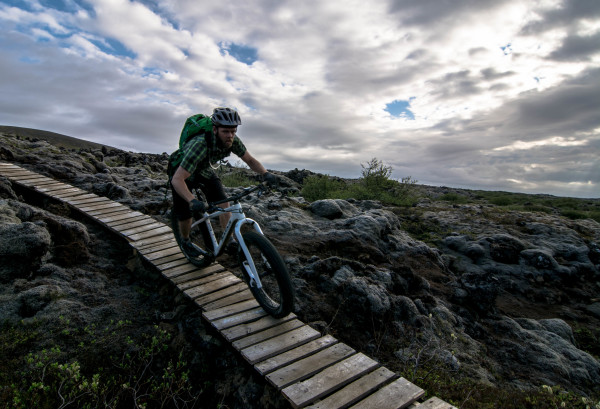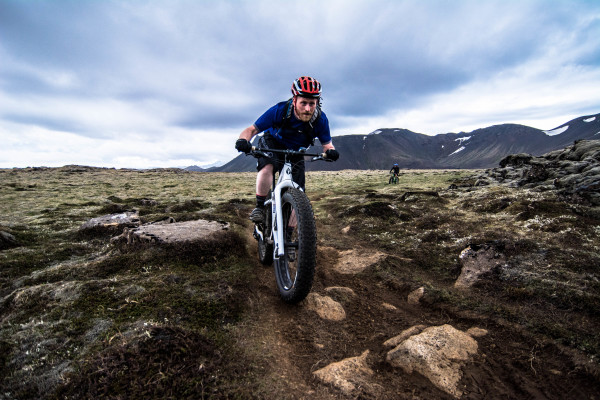
Disclaimer: I have never done a fork review before and I run all of my fatbikes rigid. I have ridden many of the popular brands of suspension forks on many different mountain bikes. But I figure I can ride any bike part for a while and report back to you.
There are few things I love more than beating up on somebody else’s bike parts. Drive it like a rental car? Nope, ride it like a demo bike! It’s not something I try to hide and the guys at Lauf forks were more than happy to accept my challenge. For eight days in Iceland, I beat the piss out of their newest offering, the Carbonara fatbike fork. This is what I learned.
First Impressions:
First impressions are everything and this fork seems to make a bad one with a lot of people. It’s funny looking, I’ll give it that. It looks like an AMP fork made some bad decisions with a Girvin Flexstem and ended up with a baby. Not one to let goofy looks get in the way of a good time, I decided to let the trail form my opinion.
The goal with this fork was to make it light and reliable. I’d say at 1100 grams (1.5lbs lighter than a Bluto) they nailed it. With only one issue in 2 years, they also seem to be on track with reliability as well. The fork requires almost no maintenance other than to keep it clean. Lauf jokingly ships the fork with a “Maintenance kit” which consists of a really nice rag to wipe down your fork legs.
How does it work?
The fork works by suspending the axle between a series of fiberglass leaf spring (Lauf = Leaves – Get it?). This provides 60mm of wheel travel. Which isn’t all that much, but it isn’t rigid either. Upon closer inspection you realize that the wheel is just floating around behind the fork legs while attached by the leaf springs. That looks to possibly be a flexy weakness. A few of us mentioned this to the Lauf boys and they quickly handed us some springs and dared us to break them. Didn’t happen.
How did it ride?
I rode this fork on everything Iceland had to offer. Sand, snow, rocky singetrack, dirt roads, tons of water crossings, and even some swerving evenings home from the pub. I think the one thing that stood out the most, was that I never really noticed it. Combined with a fat tire, this fork gives just enough give to take the edge off the trail. But it keeps the front end light enough that you don’t realize you have a suspension fork. The springs don’t have a lot of rebound damping built in and that only really was an issue when I rode multiple big bumps in a row at high speed. Such as a bunch of water bars of large steps where I would get a little bit of a pogo action but not so bad that it tried to buck me off. I expected the fork to flex a lot while turing at speed, and I was surprised that I didn’t notice any.
Final verdict:
This fork sits firmly in a category all by itself. It’s not rigid and it’s not providing full blown travel but it does take the edge off any ride. With its light weight, I could see this fork being used by a lot of fatbike racers soon. Personally, it would be a welcome addition to my bikepacking rig. The Carbonara could definitely make those long backcountry rides over mixed terrain a bit more pleasant. Coming in around $1000, I could see the cost being prohibitive for a a lot of people. But with it being an OEM option on a few brands this year (including Borealis and Fatback) I would expect to see it gain popularity. This is a well designed and manufactured fork that performs exactly as promised. It is a welcomed new player in the fatbike fork game. The biggest complaint I have heard is that it looks funny. If you can get over that hurdle and take one for a ride, you might be pleasantly surprised. It wasn’t long ago that these fatbike things were considered funny looking.
More info on the Carbonara HERE. Feel free to ask questions in the comments or you can tweet me directly HERE
